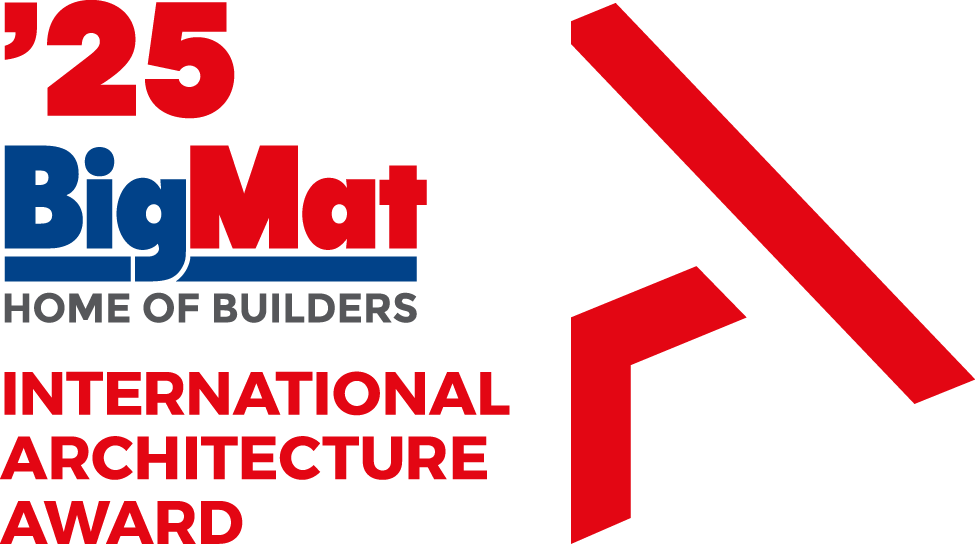In 2023 Triennale Milano celebrates its centenary with a special program of exhibitions, events, panels and performances. One of the projects included in the anniversary activities is the exhibition Home Sweet Home (May 12–September 10, 2023), curated by Nina Bassoli, curator for Architecture, Urban regeneration, Cities at Triennale, with exhibition design by Captcha Architecture.
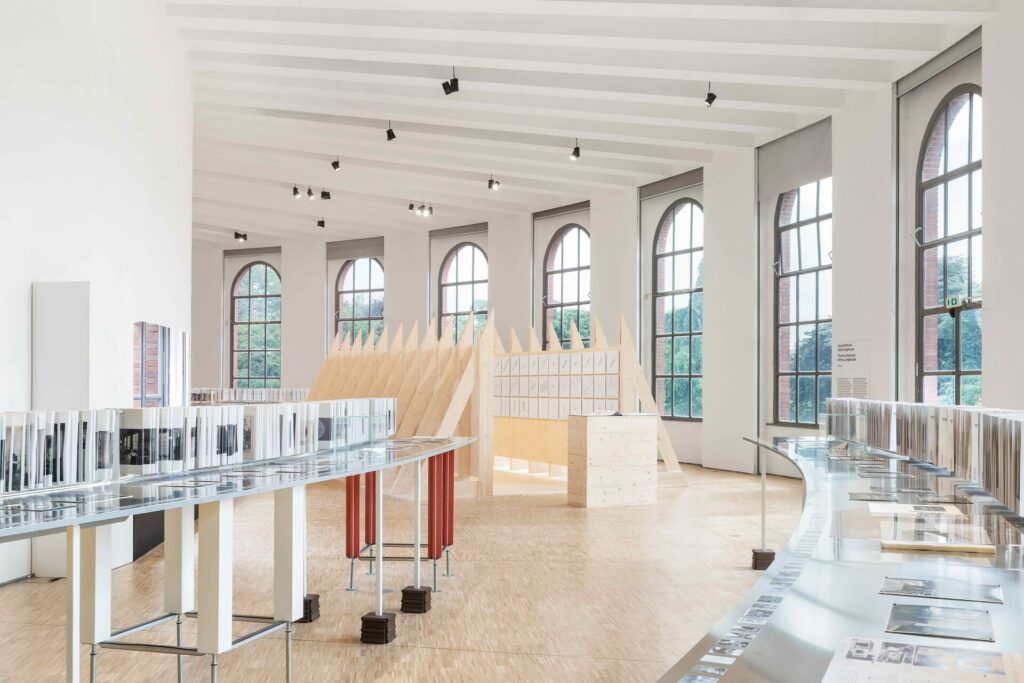
Beginning with the history of Triennale Milano and its International Exhibitions until the present day, the show aims at reflecting on the idea of home and living, two of the preferred topics of research developed by the institution. From the transformation of gender roles through the evolution of the relationship with nature within the domestic space, to the growing influence of technology on our lives, increased after two years of the Covid-19 pandemic: these are some of the central themes of the exhibition, which aims to highlight some of the major changes that have shaped the sphere of the home over the past hundred years.
Practical info
Home Sweet Home
May 12 – September 10, 2023
Triennale Milano
Viale Alemagna, 6, 20121 Milan
Italy
The exhibition breaks away from the past in terms of the presence of women architects and designers—accounting for the majority if not totality of those contributing—and in its new awareness of the values of care and environment.
Home Sweet Home comprises ten site-specific total environments with installations designed by some of today’s most interesting architecture studios, groups, and international research centres.

Emerging research group Sex & the City takes on the theme of care and the gender stigmatization associated with this in an installation sarcastically titled Darling hubby, why didn’t you ask?. The MAIO studio proposes a prototype of an urban kitchen, Urban K-Type, the result of extensive research into the political role of the kitchen as a place of marginalization, participation, or, lastly, possible emancipation.
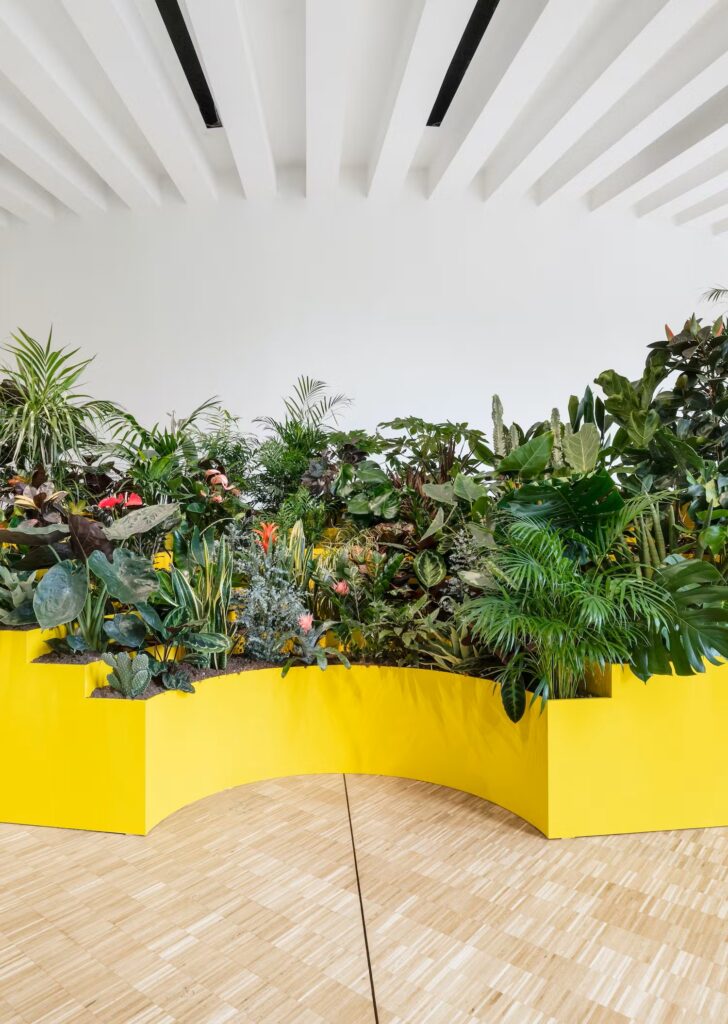

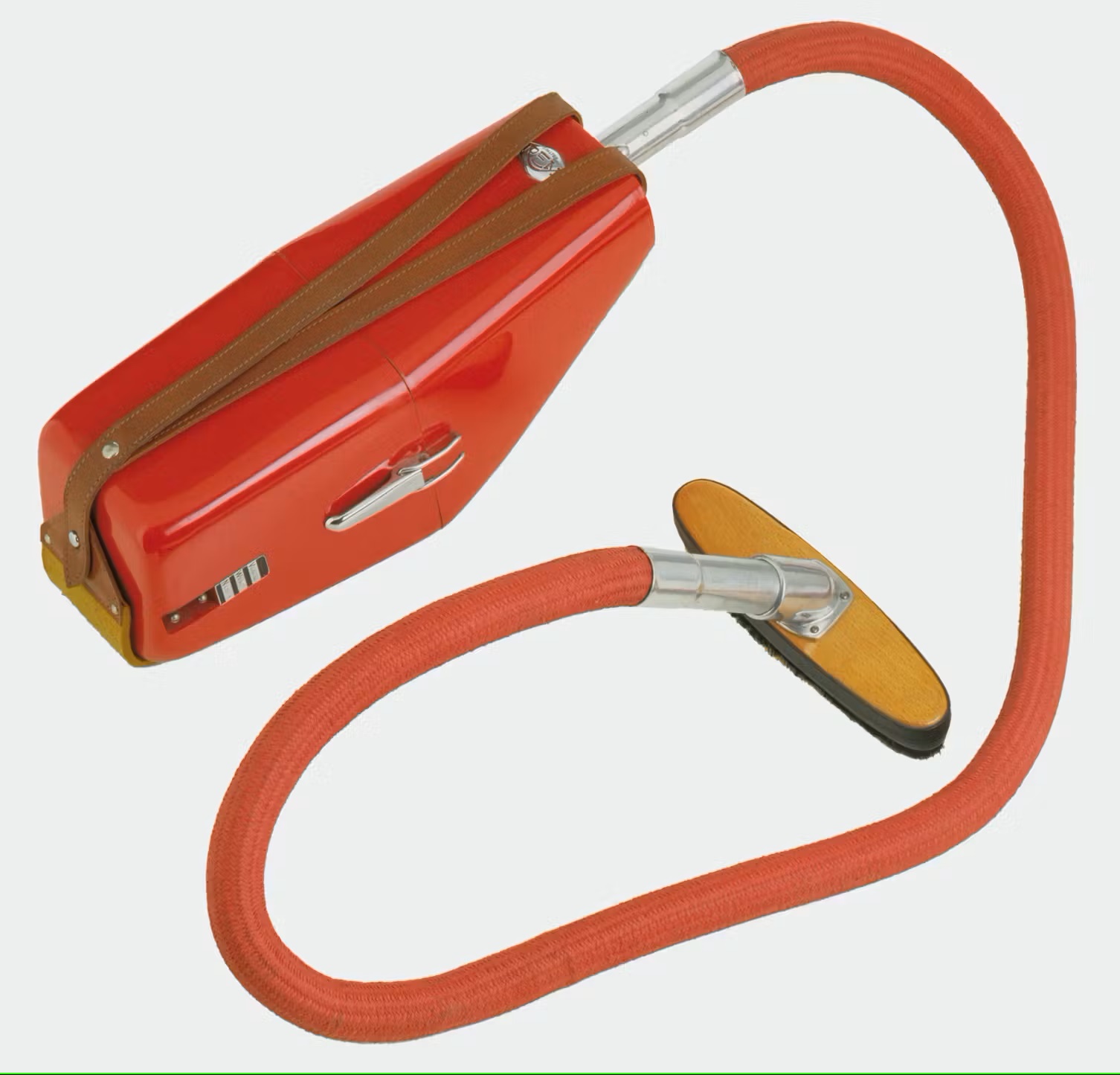
In The Architecture of the Longhouse, DOGMA proposes a typological reflection describing how the separation of living and work spaces, between public, private, and ritual sphere, is a recent construct that is far from a given. In Assemble Loves Food, Assemble Studio has laid a table for twenty, where the collective shares its work and lunch, affirming the pragmatic as well as the town-planning and political value of designing, living, and building together. The House-Plant Parliament, interspecies installation by landscape architect Céline Baumann, examines the role of nature within the four walls of the home and the sense of reciprocal care.


The Bear Pit: A Diorama for Human Beings is an almost theatrical work by Matilde Cassani, that has been set up in Triennale inner courtyard to raise questions about how open space can be domesticated. Lastly, the Canadian Center for Architecture proposes A section of “A Section of Now”, an extract of the exhibition recently held in Montreal, which invites us to reflect on how architecture can support the rapid, radical changes taking place in our society, and on the relative instability of notions like family, longevity, property, work, and technology. Lifespan is a stunning installation of designs and details by Maria Giuseppina Grasso Cannizzo, who conceives every project in terms of a meticulous process of restoration and reinvention of a pre-existing state. The exhibition closes with Transformation, no Demolition focusing on the transformation of a French grand ensemble by Lacaton & Vassal: an ecological and political manifesto of care for a new life beyond demolition.

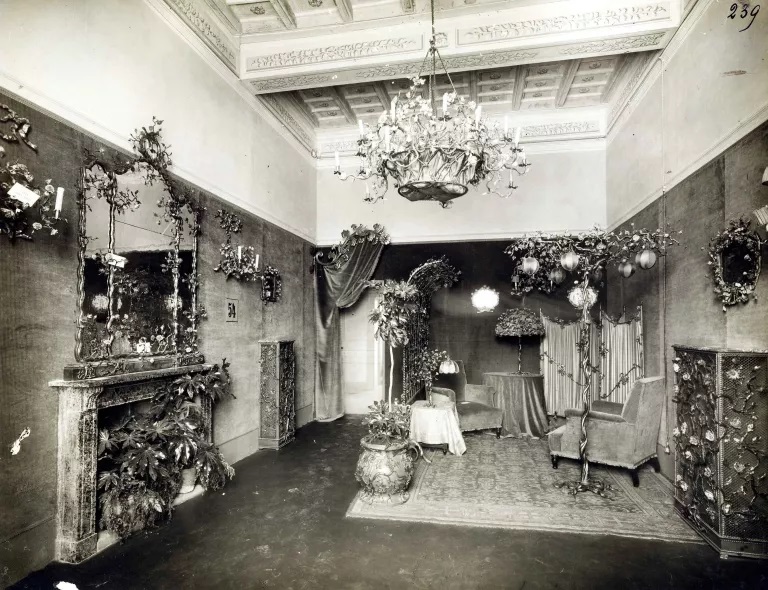
The show also features the re-installation of Inside-out: the window onto the garden, a work conceived in 1986 for the 17th International Exhibition by Elizabeth Diller and Ricardo Scofidio for The Domestic Project, and faithfully restored by the Triennale Milano Conservation and Restoration Department in collaboration with the Scuola di Restauro di Botticino under the supervision of the Diller Scofidio + Renfro studio.
The pathway of the exhibition also unfolds with five thematic historic sections—entrusted to Florencia Andreola, Imma Forino, Maite García Sanchis, Annalisa Metta, Azzurra Muzzonigro, Gaia Piccarolo—bringing together historic objects and materials from the Triennale Milano archives to explore the hundred years of the institution’s history, from 1923 to 2023.
